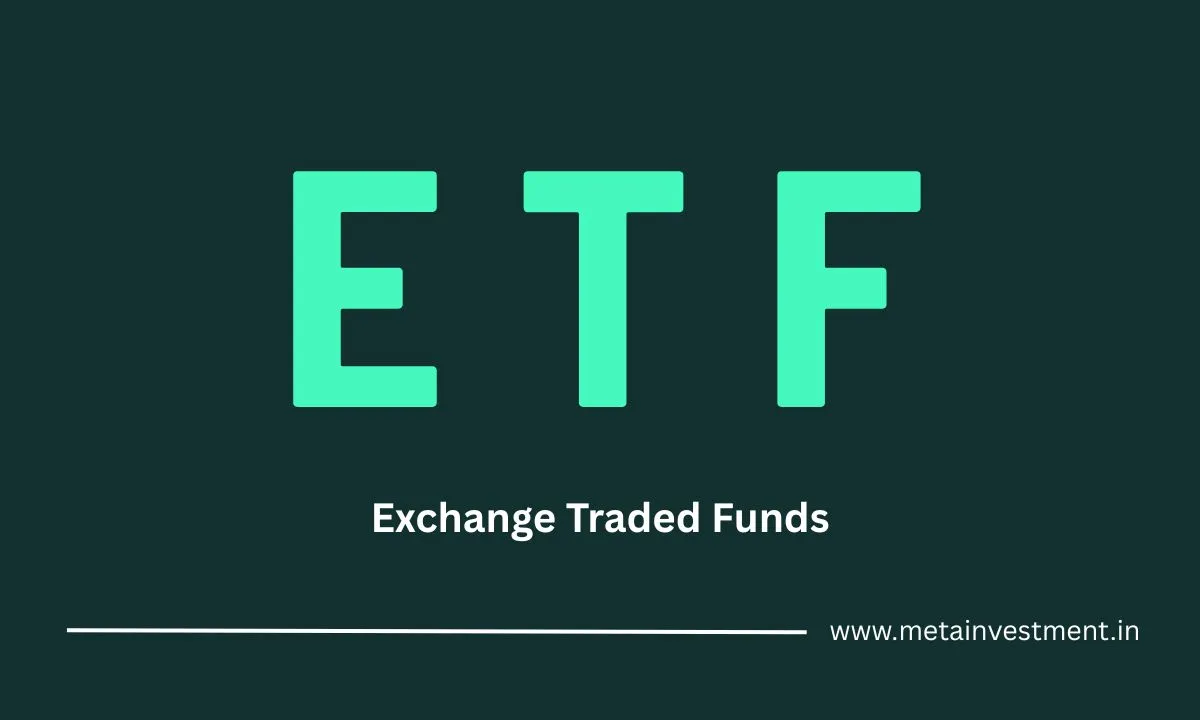Exchange-Traded Funds (ETFs) have revolutionized passive investing, offering liquidity and transparency. A key feature that sets ETFs apart from mutual funds is the Intraday Net Asset Value (iNAV), a real-time estimate of an ETF’s fair value. This guide explains iNAV in detail, its importance, and how investors can leverage it for smarter trading decisions.

What Is iNAV?
iNAV (Intraday Net Asset Value) is a real-time estimate of an ETF’s value based on the current market prices of its underlying assets. Unlike mutual funds, which calculate their Net Asset Value (NAV) only once per day after markets close, ETFs provide continuous pricing updates—typically every 15 seconds—through iNAV.
Key Features of iNAV:
- Real-time updates: Reflects live market conditions.
- Transparency: Helps investors assess whether an ETF is trading at a premium or discount.
- Dynamic pricing: Adjusts throughout the trading day as underlying asset prices change.
How Is iNAV Calculated?
The exchange listing the ETF calculates iNAV using the latest market prices of the ETF’s holdings. Here’s how it works:
- Underlying Asset Pricing: The ETF provider aggregates real-time prices of all securities in the ETF’s portfolio (stocks, bonds, commodities, etc.).
- Adjustments for Dividends or Accruals: Any pending dividends, interest, or fees are factored in.
- Dissemination: The calculated iNAV is published every 15 seconds on major financial data platforms (e.g., Bloomberg, Reuters).
Formula:
iNAV = { {Total Value of Underlying Assets} - {Liabilities}} / { {Number of Outstanding Shares}}
Why iNAV Matters for ETF Investors
-
Fair Value Benchmark:
iNAV helps investors determine if an ETF is trading at a fair price. A significant deviation (premium or discount) from iNAV may signal over- or undervaluation. -
Intraday Trading Decisions:
Active traders use iNAV to time their buys and sells, ensuring they don’t overpay or undersell. -
Arbitrage Opportunities:
Authorized Participants (APs) use iNAV to identify discrepancies between the ETF’s market price and its underlying value, facilitating arbitrage that keeps ETF prices aligned with iNAV. -
Transparency in Volatile Markets:
During market turbulence, iNAV provides clarity on whether price swings reflect the ETF’s true value or temporary liquidity issues.
Limitations of iNAV
While iNAV is a powerful tool, it has limitations:
- Stale Pricing: If underlying assets trade in illiquid markets or different time zones (e.g., international ETFs), iNAV may lag.
- Estimates Only: iNAV is not a guaranteed price but an approximation.
- No Direct Trading: Investors trade ETFs at market prices, which may differ from iNAV due to bid-ask spreads or liquidity constraints.
How to Use iNAV in Your ETF Strategy
-
Compare iNAV to Market Price:
Check if the ETF is trading at a premium (above iNAV) or discount (below iNAV). Large deviations may warrant caution. -
Monitor Throughout the Day:
Use iNAV to gauge intraday trends, especially around market openings/closings or major news events. -
Combine with Other Metrics:
Pair iNAV with volume, bid-ask spreads, and tracking error for a holistic view.
iNAV vs. NAV: What’s the Difference?
| Feature | iNAV | NAV (Mutual Funds) |
|---|---|---|
| Frequency | Every 15 seconds | Once per day (after close) |
| Purpose | Real-time ETF valuation | End-of-day fund valuation |
| Trading | Used for intraday decisions | Used for buy/sell orders |
Final Thoughts
iNAV is an essential tool for ETF investors, offering transparency and real-time insights into an ETF’s fair value. While not perfect, it empowers traders to make informed decisions and avoid overpaying. By understanding iNAV, you can enhance your ETF trading strategy and capitalize on market opportunities.
Pro Tip: Always cross-reference iNAV with the ETF’s historical premiums/discounts and liquidity metrics for the best results.











